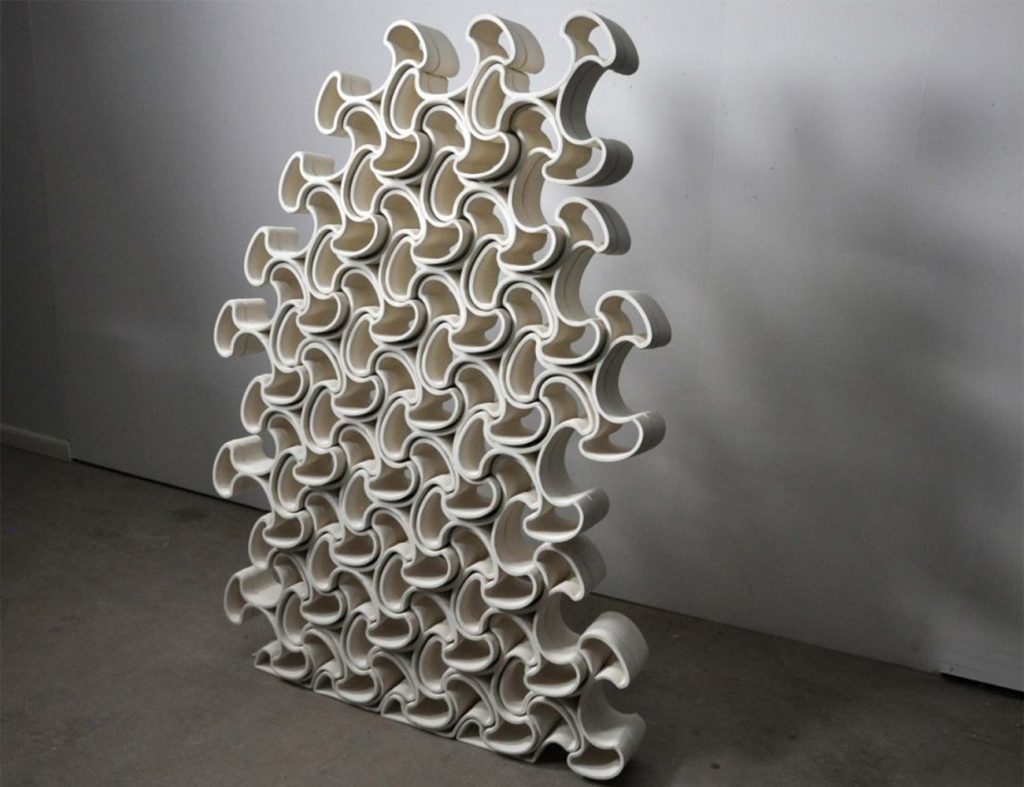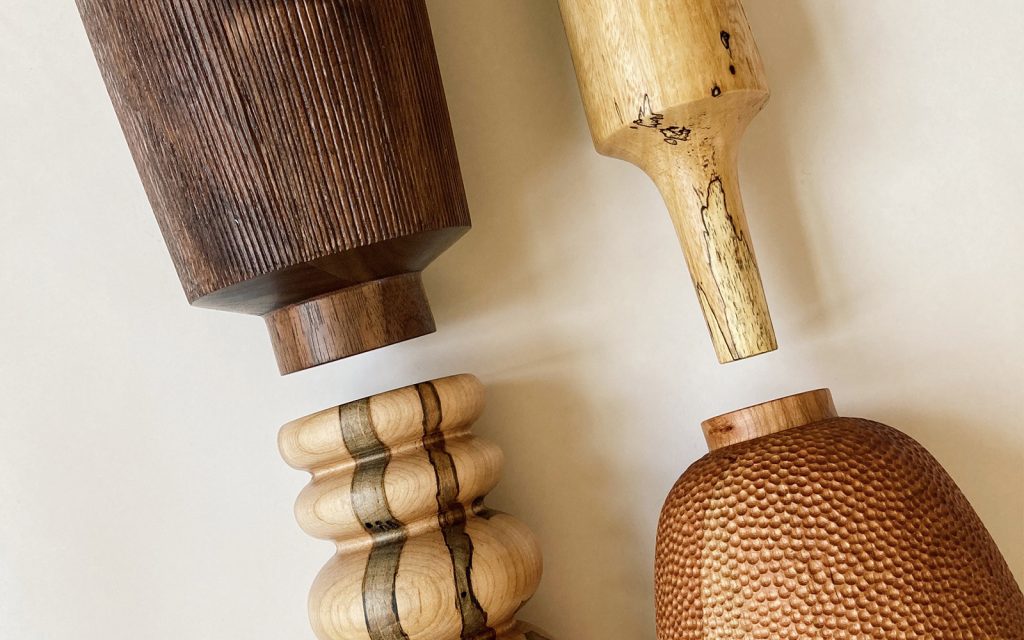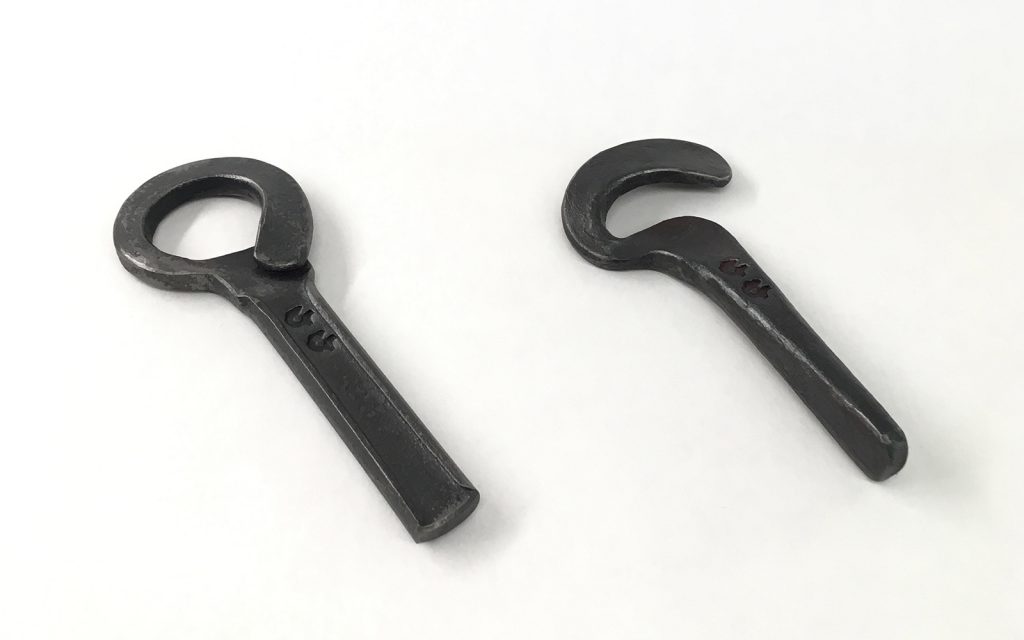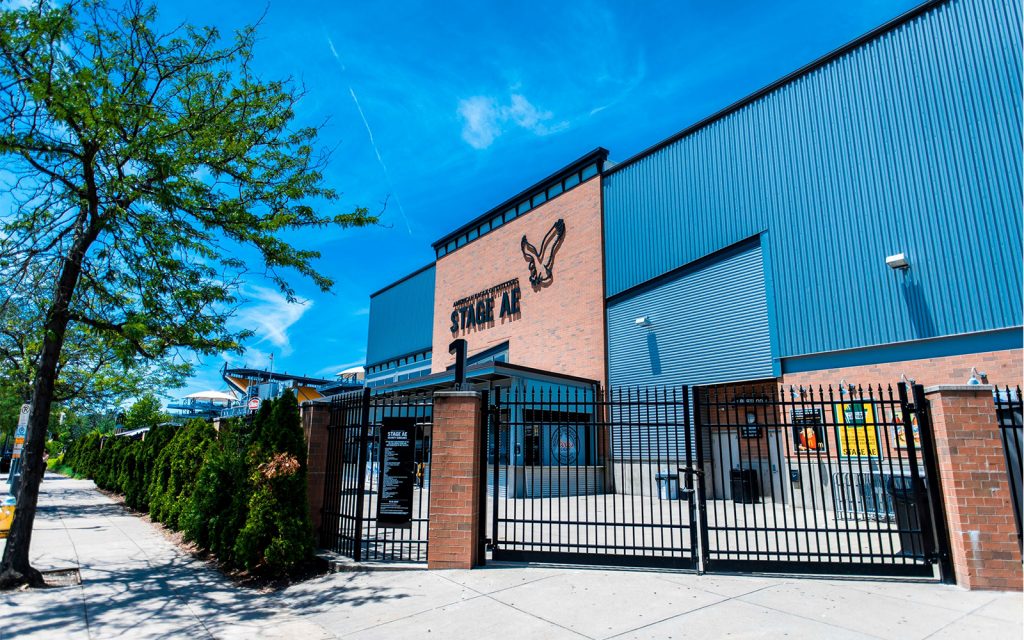The Carnegie Museum of Art’s “Locally Sourced” Exhibition Spotlights Pittsburgh’s Growing Artisan Industry
Talented, independent designers and makers working in traditional mediums and emerging categories

Hosted in the Charity Randall Gallery through 27 March 2022, The Carnegie Museum of Art‘s Locally Sourced exhibition showcases the talents of a new group of independent, Pittsburgh-based makers and designers. Not only do these producers possess a mastery of their given medium, they also have a knack for business. Specifically, they’ve transformed their respective cottage crafts into formidable, money-earning operations. Exhibition organizer and curatorial assistant for the CMOA’s Decorative Arts & Design department, Alyssa Velazquez, says these creative individuals are the defining faces of a citywide revolution in making and manufacturing.

For visitors, Locally Sourced serves as an advertisement for these neighborhood operations. More broadly, the exhibition is also a survey of both art and utility. All of the pieces featured are inherently artworks, but they serve specific functions, too. From apparel to dinnerware and tools, Locally Sourced proves that everyday objects can have elaborate histories, and oftentimes deserve positions in museums. It also signals that there’s an abundance of independent talent living in the city.

“As soon as I moved to Pittsburgh, I got to know the area really through its maker community. They were some of the first events I went to. They were some of the first individuals I met, professionally and personally. They were some of the first shops that I frequented,” Velazquez tells CH. “I went to probably more than two dozen studios and met so many wonderful designers, artists, and creatives.”
They are making their own rules, and they are creating opportunities for themselves
She says that what really stood out was not only an abundance of talent, but of experimentation. “Something that kept on coming back to me post-conversation was that there were no rules in what they were doing,” she continues. “They were working with fabrication techniques that had never been used before (like in the case of Building Bytes) and weren’t waiting for opportunities to come to them. They weren’t following these traditional rules: you apply to this fellowship, or you go to this school, or you work with this specific individual. They are making their own rules, and they are creating opportunities for themselves. It’s this wonderful combination of studio craft and creative entrepreneurial spirit. I see that so frequently within makers in Pittsburgh.”

Building Bytes, as Velzaquez mentions, defies convention by 3D printing ceramic materials into elaborate, otherwise impossible structures. The final forms are undoubtedly impressive, and founder Brian Peters also designed and built the 3D printing system himself. Using his mastery of the system to his advantage, Peters produces large-scale installation works with natural features. “Aggregation” (above) grows upward out of a mass of internal squiggles. (Peters also runs Coded Clay, an extension of Building Bytes centered on consumer goods like decor and planters.)

Elsewhere, passionate creators turn to upcycled fabrics for source material. YouTube-taught sewer and designer Nisha Blackwell’s Knotzland label, a collection of bowties made from salvaged fabrics, are showcased alongside Tereneh Idia’s Idia’Dega designs—a collaborative, eco-friendly fashion line helmed by Maasai, Oneida and African-American women designers and artisans. Sustainable and stylish, their offerings emphasize community and circularity. They also work tirelessly to empower others through both paid apprenticeship programs and equitable creative partnerships.

Idia’s entries to the exhibition’s coinciding pop-up shop—a first for the museum—allude to similar entrepreneurial adaptability. Known for garments and accessories adorned with beads and steeped in storytelling, Idia turns to mask lanyard necklaces but retains her signature references to Indigenous beadwork.
For local fabricators Bones And All, resourcefulness drives their design process. While their wooden knives display their ability to make a desirable product from scrap wood, the company’s larger furniture and decor pieces (which can be found in Pittsburgh’s Ace Hotel and New American restaurant The Vandal) display a knack for making do with what’s available to them. 2019’s “Stacked Series End Table” comprises an assortment of woods, each of which boasts a different finish, form and internal grain. Together, they’re sturdy and stylish—and feature charming, natural imperfections. For more commercial projects, Bones And All (aka Zak Kruszynski and Kelsey Henson) can transform rugged logs and tree trunks into high-end furniture.

Fellow woodworker Hanna Dausch has laser-focus on form. For each of her projects, Dausch begins without a formal plan and allows the dents and nicks on the wood to define the final piece. Following in the footsteps of crafty family members, she produces works with “precise lines, smooth curves, and distinct details shaped by skilled hands.” And though dexterity may be an assumed trait of all included in this exhibition, up-close inspection of Dausch’s works reveals the depth of her detailing.
Similar richness is found in the ceramic works handmade by OATMEAL (aka Elise Birnbaum). Both women-owned shops also share a similar sensitivity to the importance of social media. They photograph their works—oftentimes in the studio or before they’re finished—in ways that differentiate them from others and display details otherwise only uncovered in person.

Velazquez also credits a bevy of business accelerators and crafts- and arts-driven business literacy programs in the city with the uptick of independent shops. “You can’t necessarily just sit at the potter’s wheel anymore,” she says. “You have to do more than that in order for your cottage industry to survive. I think being able to contextualize and explain are definitely important, but I would also say the ability to expand and evolve is another aspect to that entrepreneurial craftsperson.”

During an online conversation with half of the makers featured in the exhibition, Twelve/Twenty Studio’s Atiya Jones responded to an audience question: “What advice do you have for an artist in Pittsburgh?” Jones’ response was, “Take a business class.” Velazquez adds that Jones said this lightheartedly, but her message bears plenty of truth.

“It helps to always be thinking of what the next evolution as a maker is,” Velazquez says. “Just because you start out making one thing doesn’t mean you have to continue to make said thing. Take OATMEAL, for example. She’s in the show and I wanted to highlight her because her product line is so diverse. We have her brushes in the show and we have her more cumulus, ethereal vessels—which I know is a very big passion for her, moving more towards that sculptural, fine art vessel form. But I know she’s still making her jewelry, she’s still making her brushes, because those products help feed—both financially and in terms of time—into her being able to continue to develop her passion product line.”

Velazquez is quick to point out the obvious: the makers in this exhibition are trying to make a living off the items included, and visitors should consider investing, if possible. “I ask a question in the exhibition. We all have a daily cup, whether it’s a water glass or a coffee cup or a sippy cup. And why do you? Why is that your daily cup? Is it because of its form? Is it because of its feel? Was it a gift?” Velazquez challenges the visitor to consider their favorite objects.
Some of the best stories are underneath that surface
Further, she encourages visitors to recognize the value of the objects in the exhibition and dig deeper into their stories (of sustainability, of internationality, of struggle and success). “It’s about wanting our audiences to think critically about their household objects and how household objects can mean so much more than what’s on the surface. Some of the best stories are underneath that surface, and they come from these makers, designers and artists that are in their backyard.”
Locally Sourced is also an inflection point for the internationally recognized museum: it’s an exhibition of 19 Pittsburgh-based makers in the city’s foremost art institution. It’s also a testament to the institution’s commitment to the diversification of its featured artists. “We have over 50% women businesses represented in the show and over 20% BIPOC businesses in the show. As a BIPOC curator, it’s a part of my creative practice to give us a platform and ensure everyone feels seen and heard and represented,” Velazquez tells us. “It was also really important for me to be able to say, ‘Look, they’re here and they’re worth supporting. The exhibition is empowering everyone to stay connected to and inspired by craft manufacturing in Pittsburgh.”
Images courtesy of CMOA / respective artists, pieces are attributed where featured












